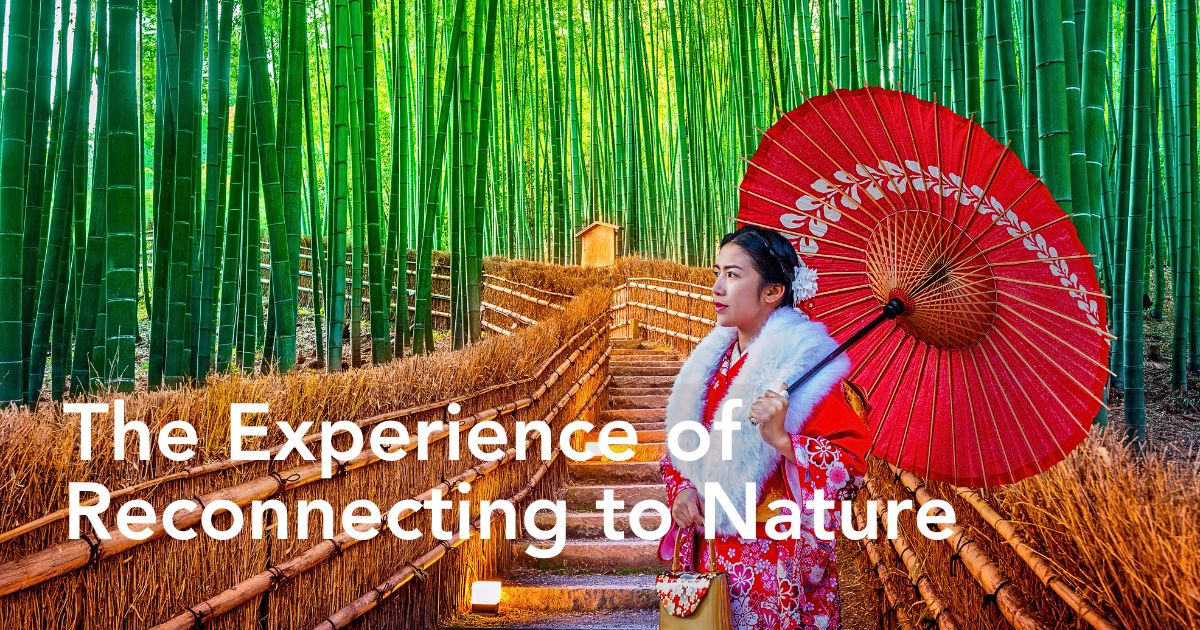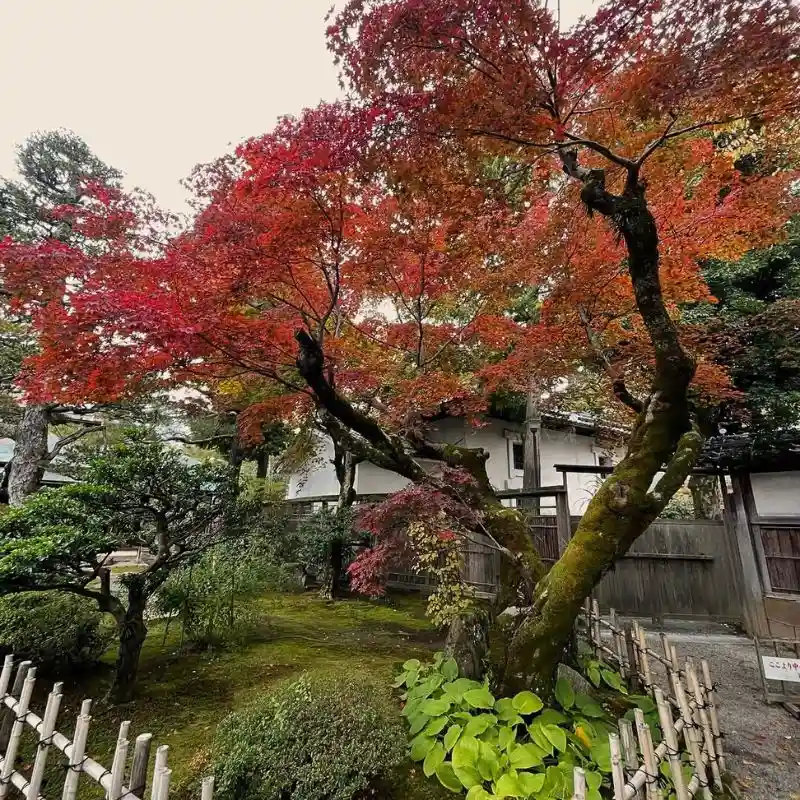There is a place in Kyoto, Japan, where the world is green and gold, where sunlight filters through soaring stalks swaying with every breeze. Light filters down in golden streaks. Wind softly moves through it, and the stalks sing. This is Arashiyama Bamboo Grove, in the foothills of Mount Arashiyama, and cameras can't quite capture it's essence enough. One has to feel it and breathe its air.
Also called Sagano Bamboo Grove or Arashiyama Bamboo Forest, it is located along the Katsura river, and gives all the reasons why millions of visitors stop speechless, cameras in hand, trying to capture what feels like walking through a live cathedral. Much more than just a grove, Arashiyama is an experience that touches one deep within, awakening that connection to the natural world that humans yearn for, yet have gradually been losing over the years.
What Is the Origin of the Arashiyama Bamboo Forest?
Arashiyama Bamboo Forest dates back to the Heian Period (between 794-1185) when the Arashiyama district of Kyoto—then the Japanese imperial capital—was favored as a retreat by the Japanese aristocracy. They were drawn to its natural beauty, so they established villas and gardens in the area, likely incorporating bamboo groves for their aesthetic appeal and symbolism. Over time, these private plantings became dense and expansive.
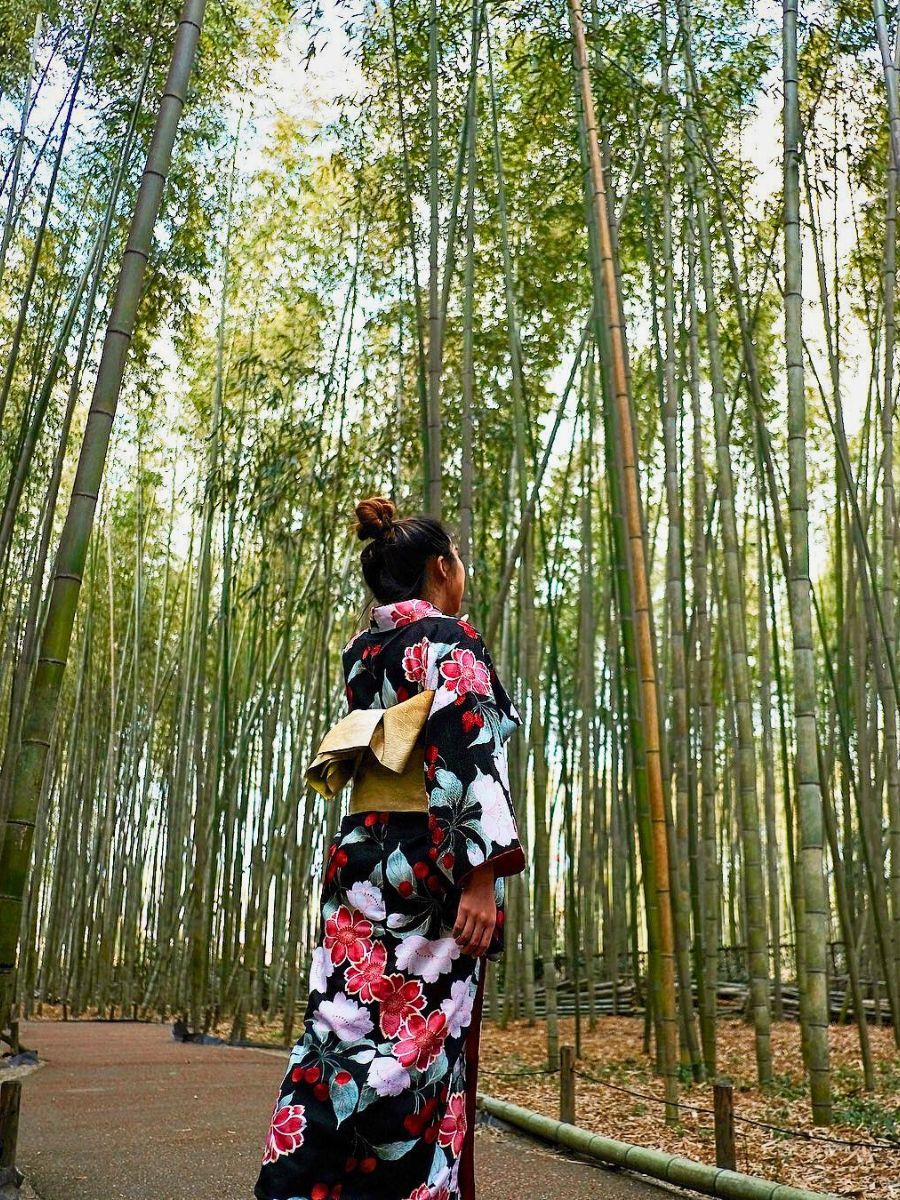
Today, walking into the grove, everything simply changes. Thousands of bamboos rise from the earth skywards. They stretch anywhere from 20 to 50 feet high, quite like natural skyscrapers. Their stems are thick and strong, their surfaces textured or smooth as polished jade, only marked with subtle rings that tell of their growth and seasons past.
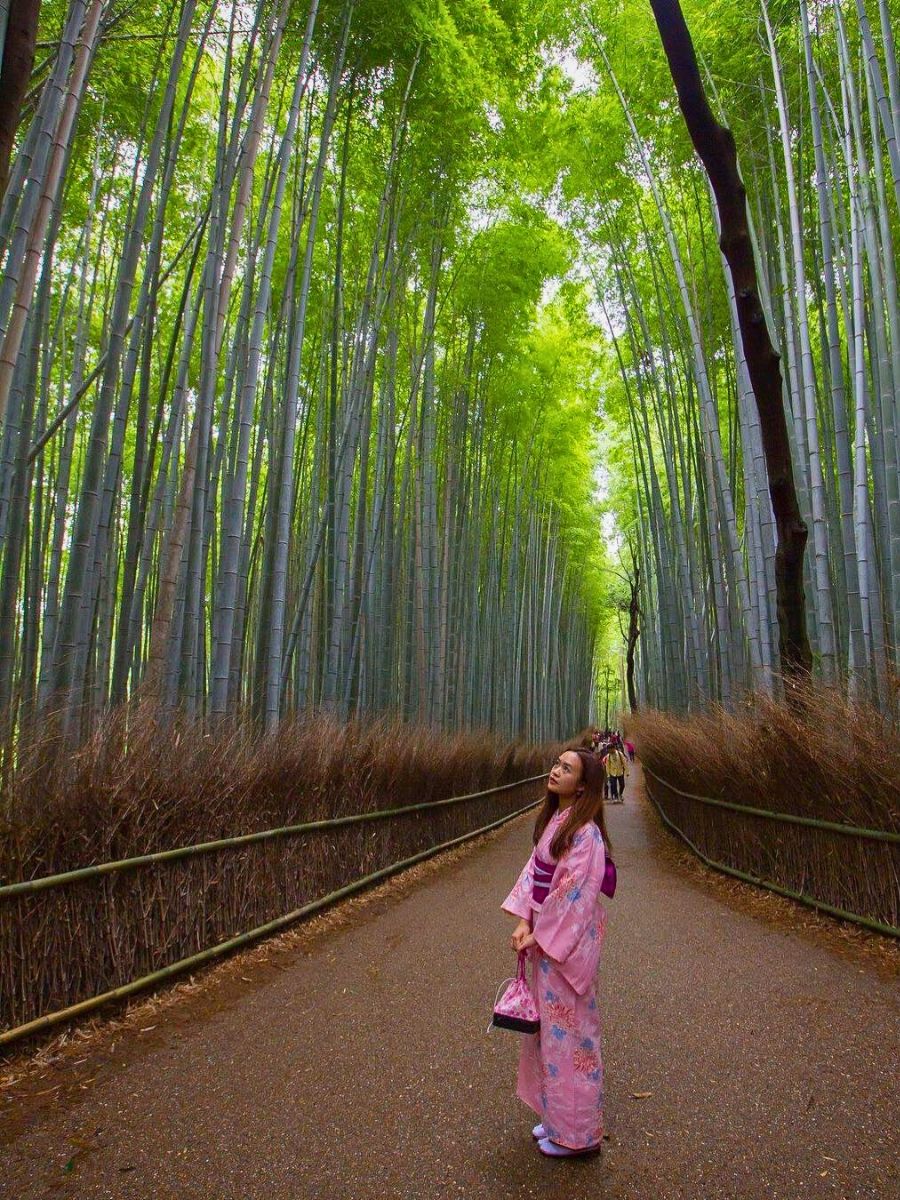
The density of the grove is extraordinary. Look left, look right, and all you see is bamboo extending into the distance like natural walls that curve and bend with the contours of the land. The stalks grow so closely together that they form an almost solid screen of emerald, yet somehow there's still space between them, enough to catch glimpses of light or let the wind pass through and create that unforgettable sound.
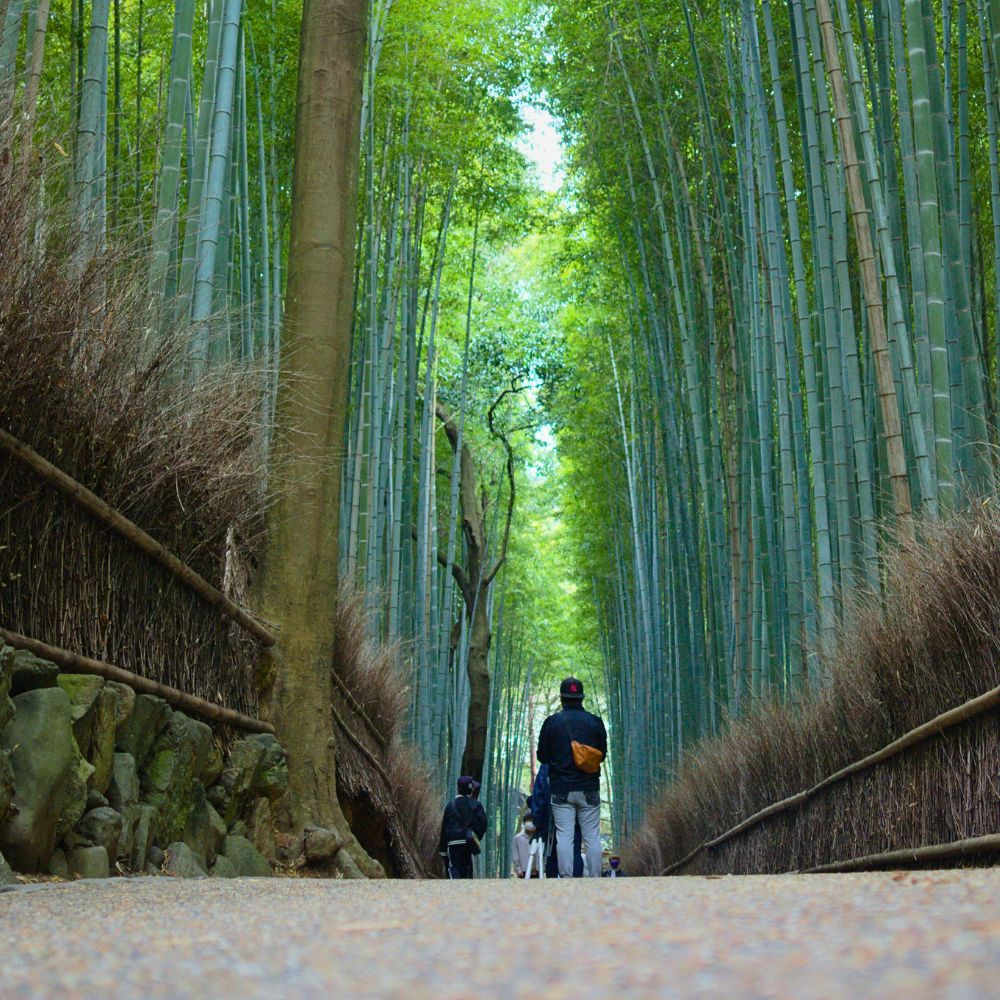
This place is made so photogenic by the way everything comes together, and not just the bamboo itself. The straight, vertical lines of the stalks create a natural geometry. Morning light slants through the grove in golden beams. And during noontime, the canopy filters sunlight into a soft, jade-tinted radiance that makes the entire scenery feel like the most peaceful place that you can think of.
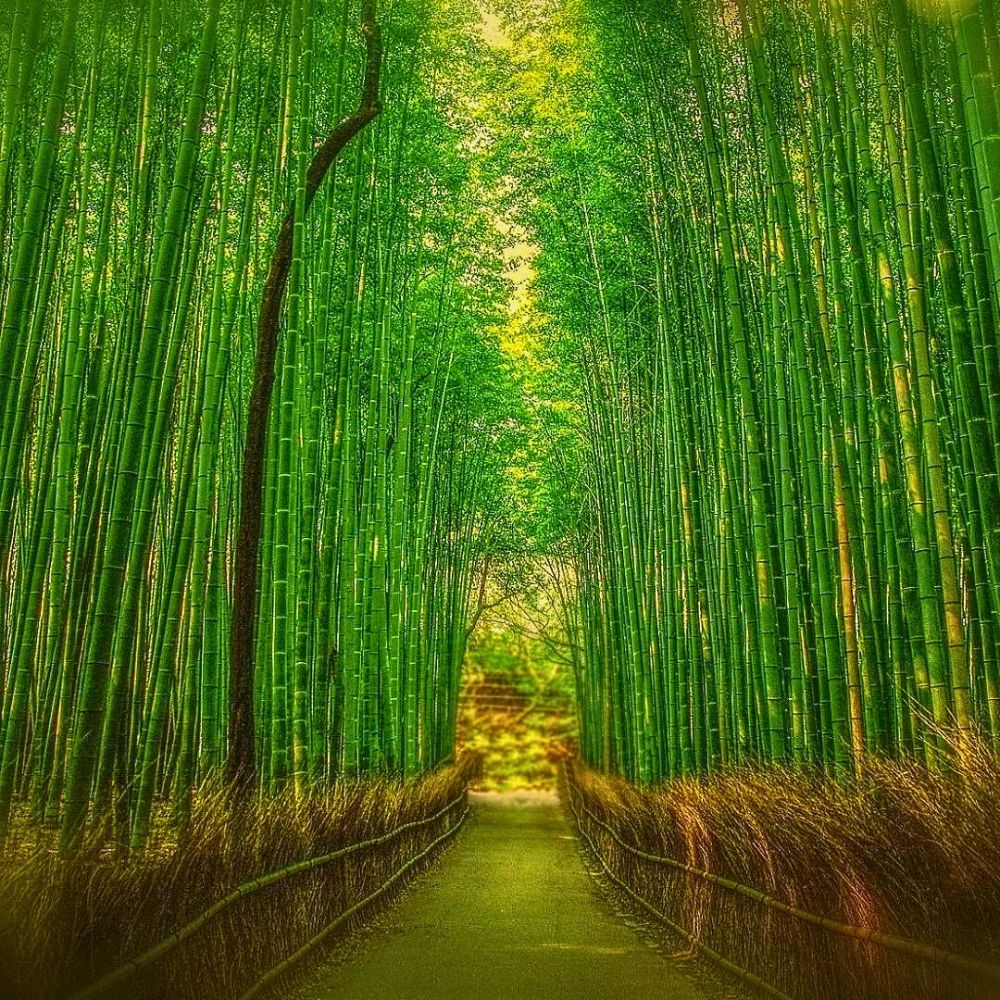
Sound of Music in the Silent Stillness
There is something else about bamboo that one will not truly appreciate until they stand in the grove. Bamboo forests sing. When wind moves through the stalks, they create music, perhaps, unlike any other in nature. It is not the rustling of leaves you'd hear in an oak forest, nor the whoosh of pines in a breeze. Instead, it is a hollow, resonant sound. A gentle creaking and clicking as the bamboo sways and the stalks knock together like wind chimes.
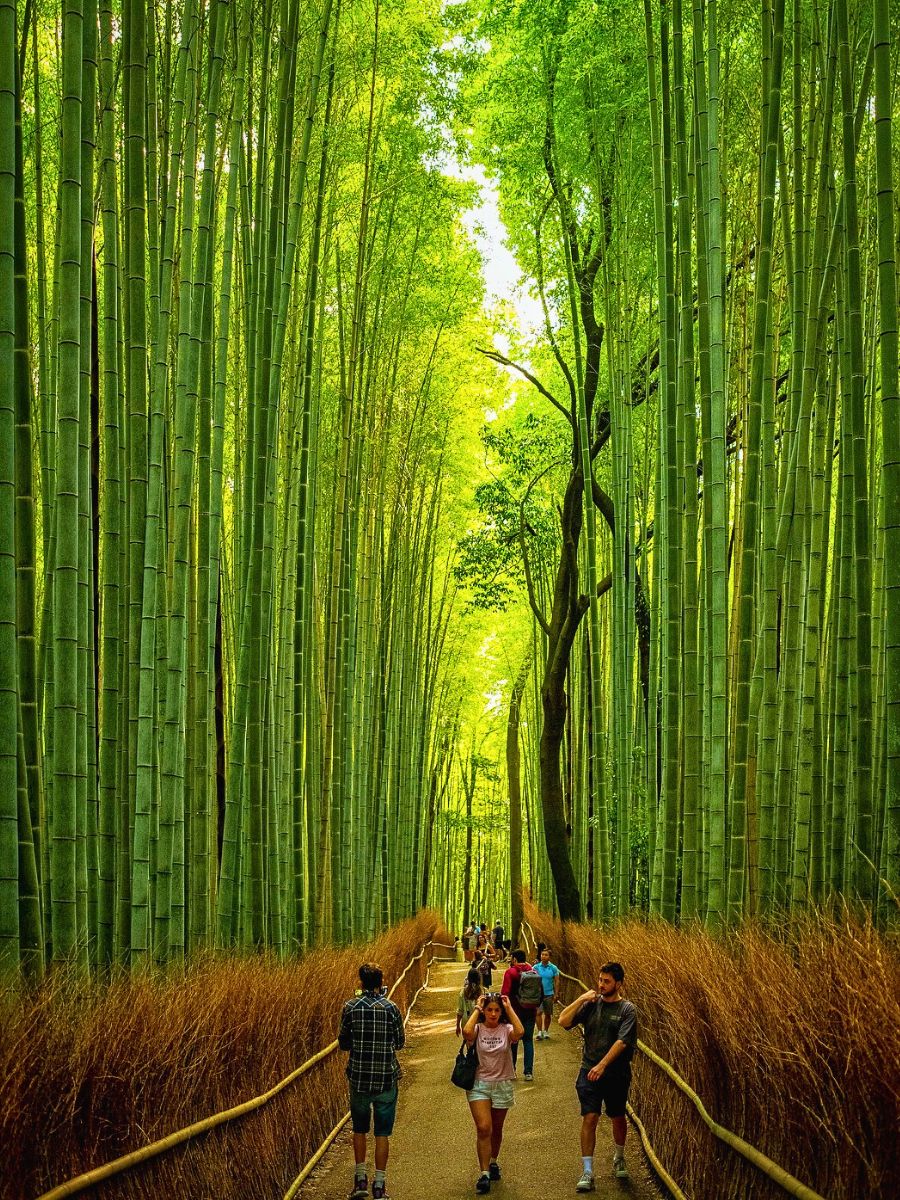
The Japanese have great reverence for this rustling sound of bamboo in the wind. The Government even recognized it as one of the 100 Soundscapes of Japan, worth preserving for their cultural and environmental value. Standing still in the middle of the path that cuts through the grove, eyes closed, listening to these natural acoustics, that is when you understand the word ‘meditation’ in its true form, without anyone having to explain it.
The sounds work their way into the human body and mind, slowing the heartbeat, quieting the mental chatter that usually clears one’s head. There's something about the rhythm of bamboo in the wind that matches something deep in human consciousness, perhaps echoing memories of ancestral forests, of times when humans lived more closely with the natural world.
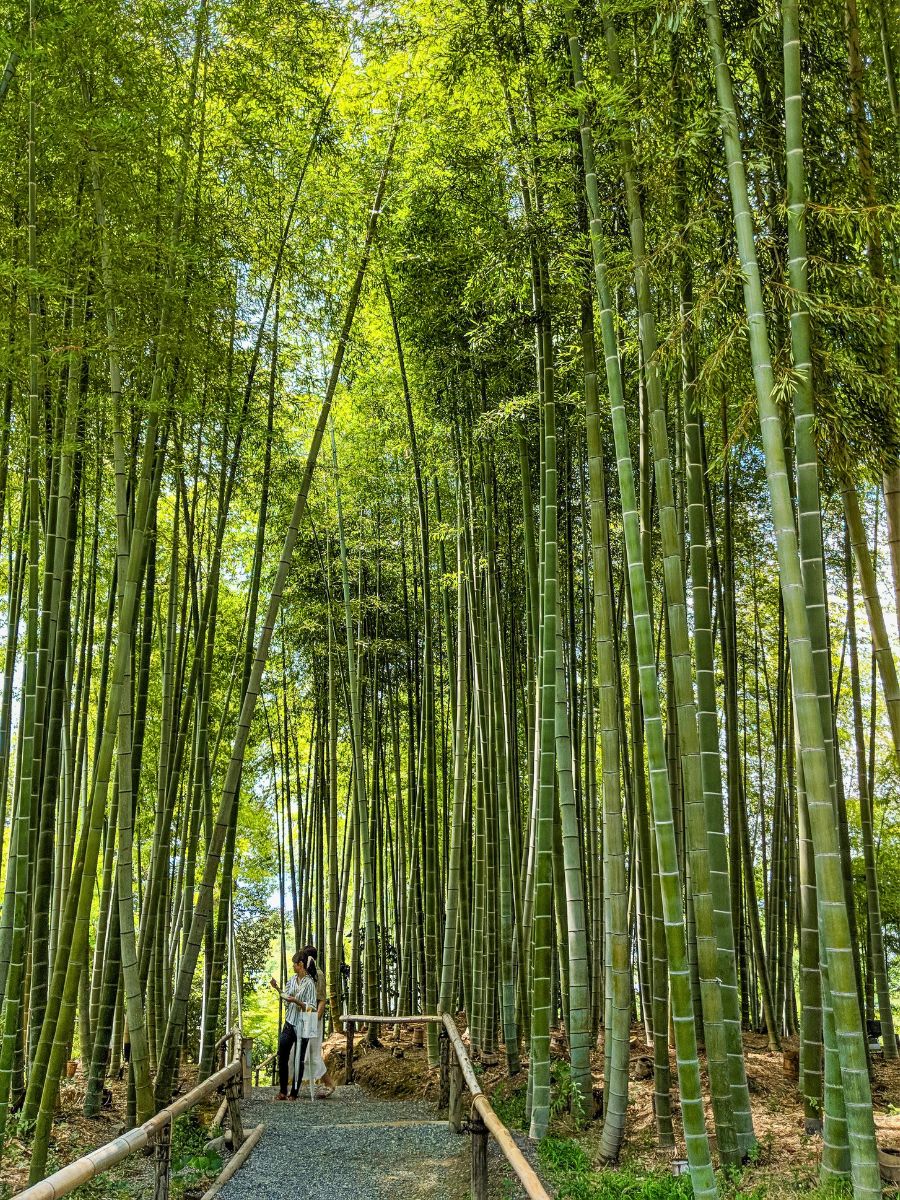
The Peaceful Path That Slows Time
The main walking path through the grove stretches several hundred meters, though it connects to longer trails if one is hungry for more. Most people could walk this distance in under ten minutes, but no one ever does. You'll find yourself moving slowly, almost involuntarily, as if the grove itself has its tempo and insists that one matches it. You'll observe ancient shrines along the trail and nearby, stunning Japanese gardens with ponds and more views.
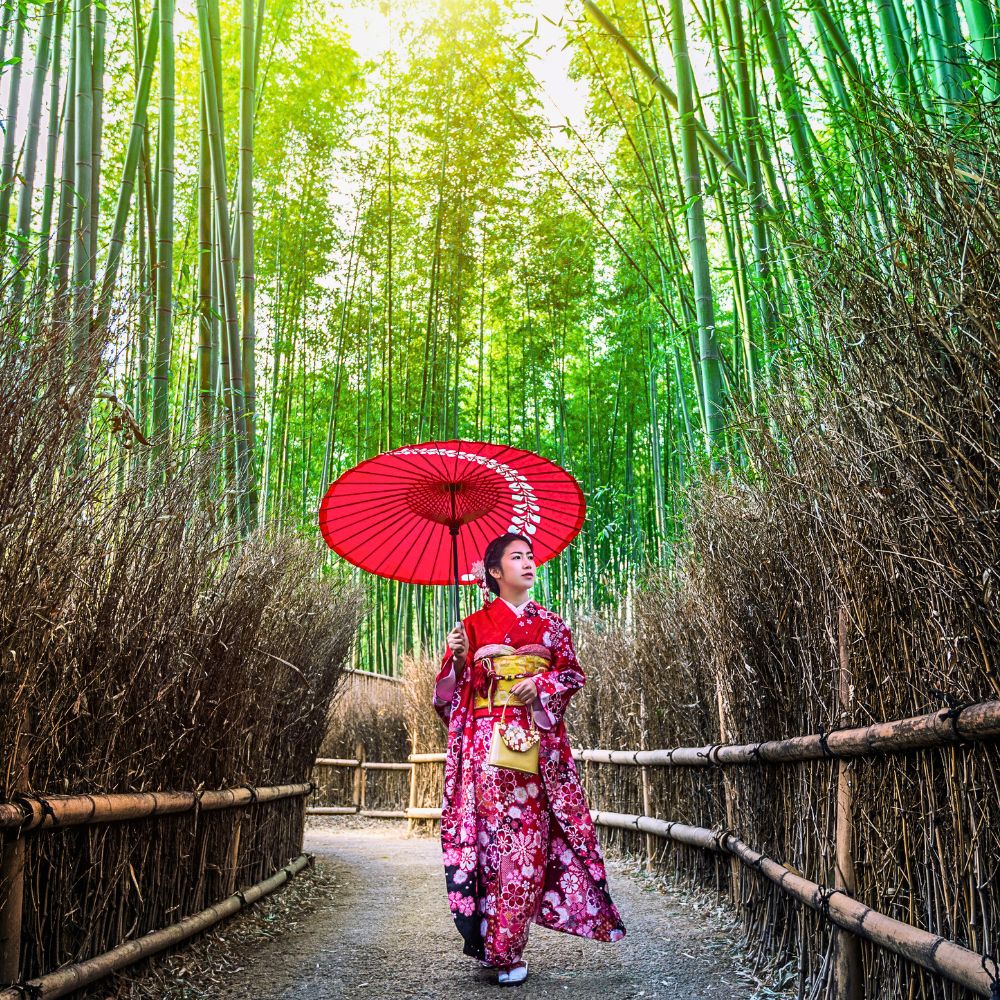
The well-maintained path is made of packed earth and gravel that crunches softly underfoot, presenting another sound for the experience. There are no loud guides here, no blaring announcements. Even groups of visitors tend to speak in hushed tones despite no one telling them to be quiet.
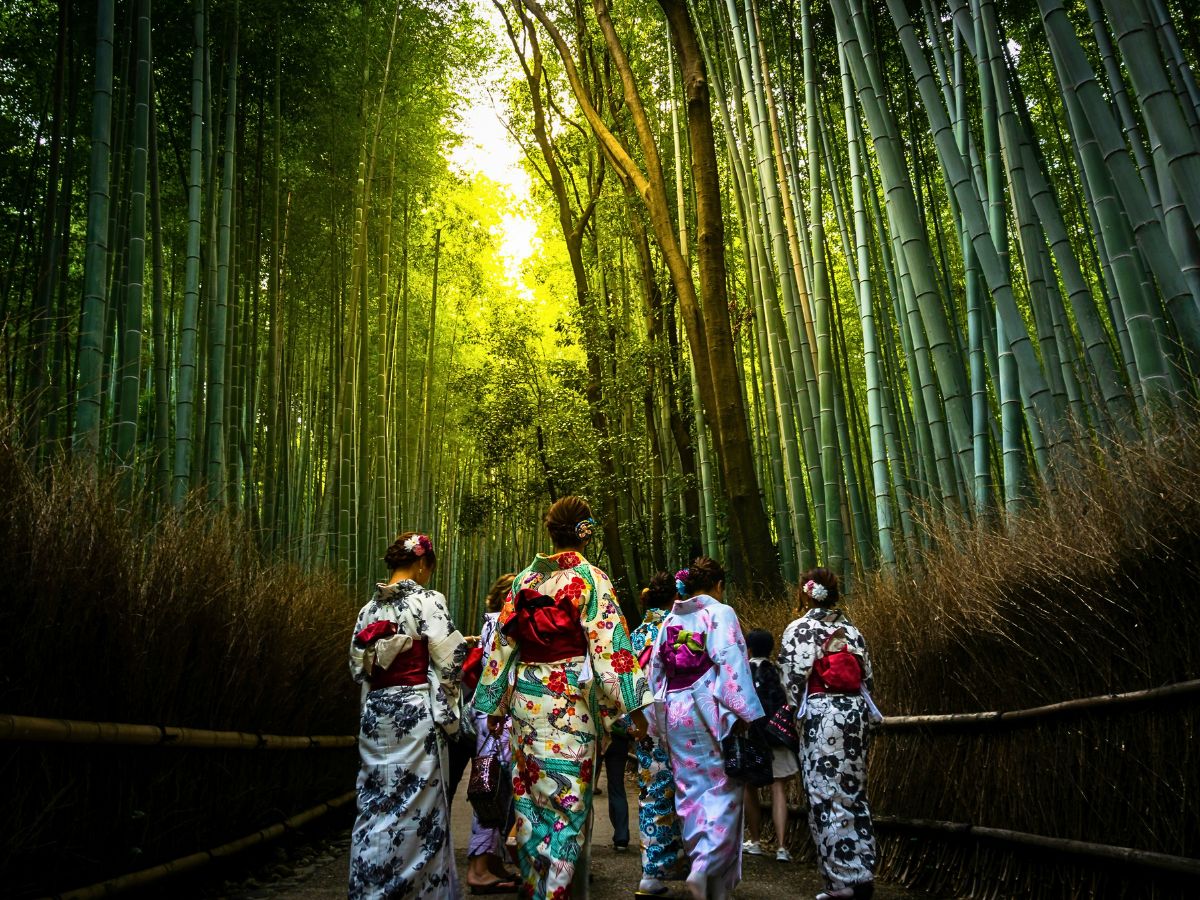
The light also seems to change as one walks. This is another fascinating aspect of the Arashiyama Bamboo Grove. The bamboo canopy isn't uniform. There are sections where the stalks grow more densely, and the world turns deep green and shadowy. Then you'll round a curve and suddenly find yourself in a brighter section where more sunlight breaks through, and the stalks glow as if lit from within.
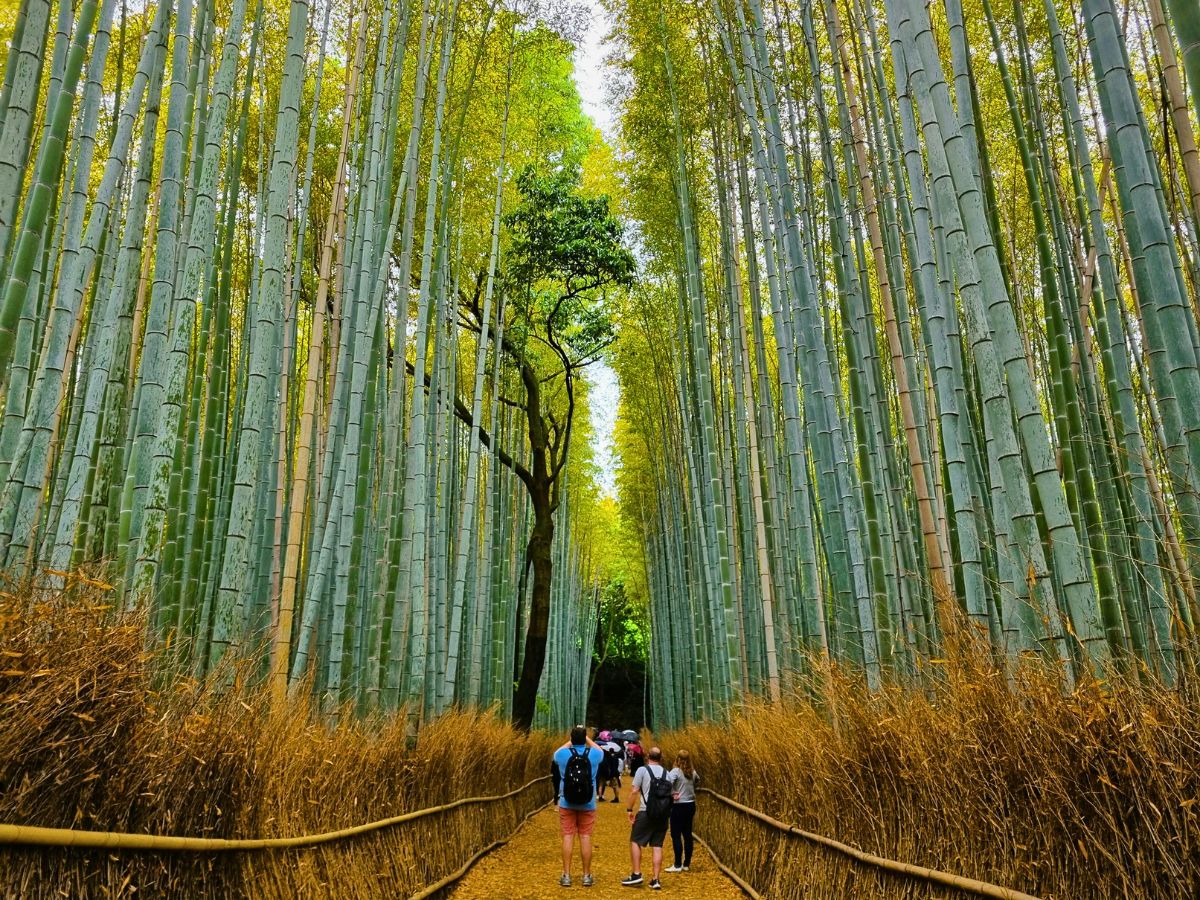
A Masterclass in Growing Fast
Bamboo is technically grass—the largest species of grass on earth. But unlike the grass in your lawn, it can grow up to three feet in a single day during peak growing season. The stalks in Arashiyama are primarily mōsō-chiku or Moso bamboo (Phyllostachys edulis), which can reach full height in just a few months, then spend years hardening and maturing.
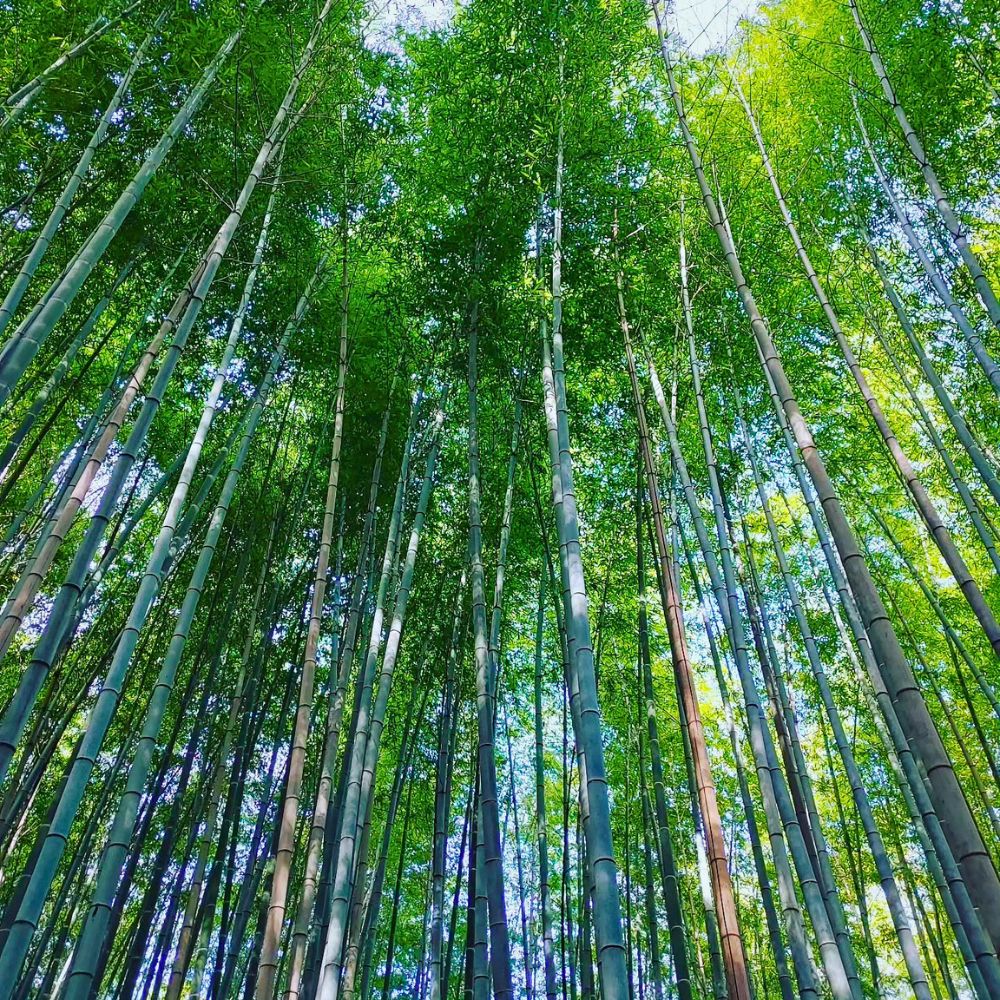
This rapid growth means the forest is constantly renewing itself. Some of the bamboos you may see today were not there last year. Some that were there last decade are gone now, harvested by local caretakers who maintain the grove's conditions and density. This cycle of growth, maturity, and renewal gives the place an energy that one can feel even if they cannot articulate it. Makes it feel like walking through a dynamic, ever-changing landscape, not just a static display.
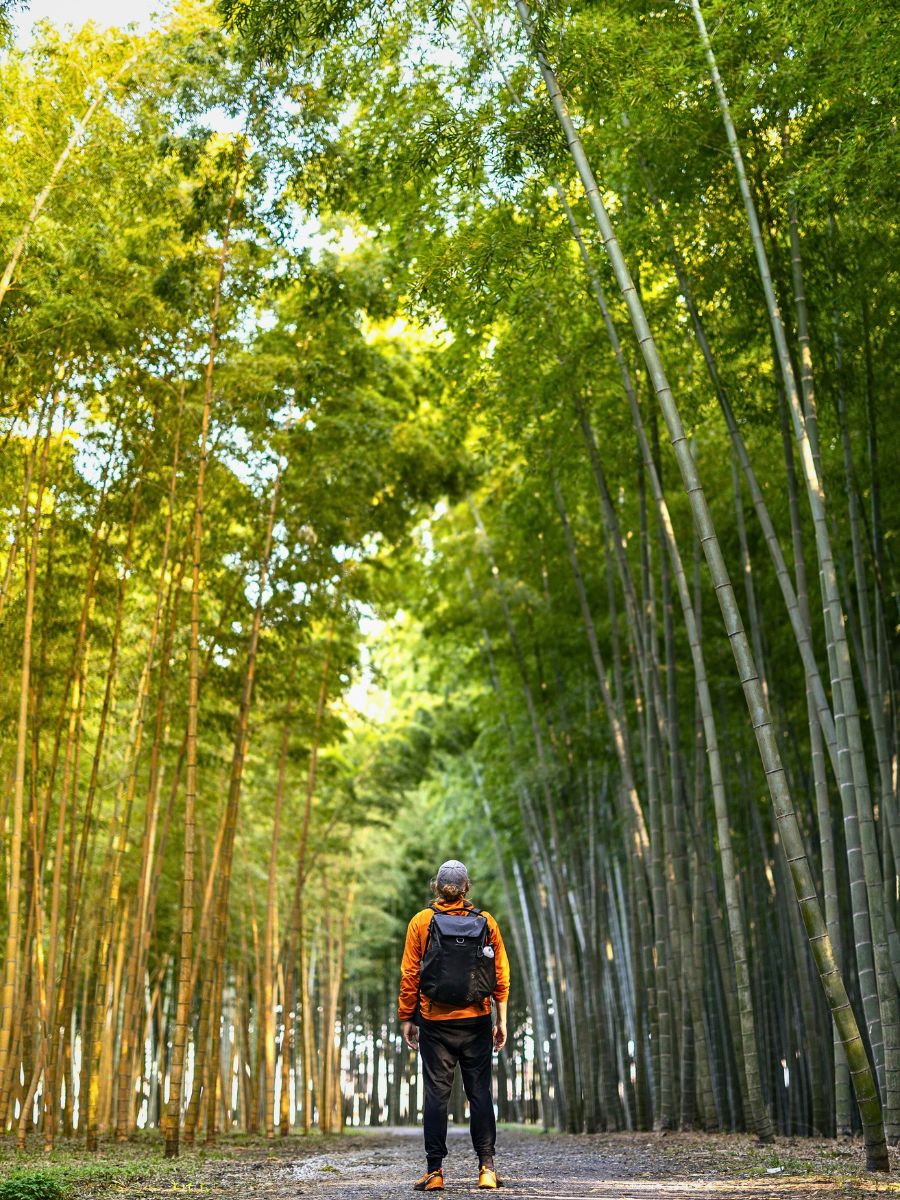
Finding One’s Center in the Green of Nature
There is a reason people talk about finding peace in nature. Arashiyama gives that. And this is more than just about the beauty. The grove creates conditions that naturally promote a meditative state. The repetitive patterns of vertical lines have a calming effect on the human brain. The filtered green light has been shown to reduce stress hormones. The sounds create a natural white noise that quiets racing thoughts.
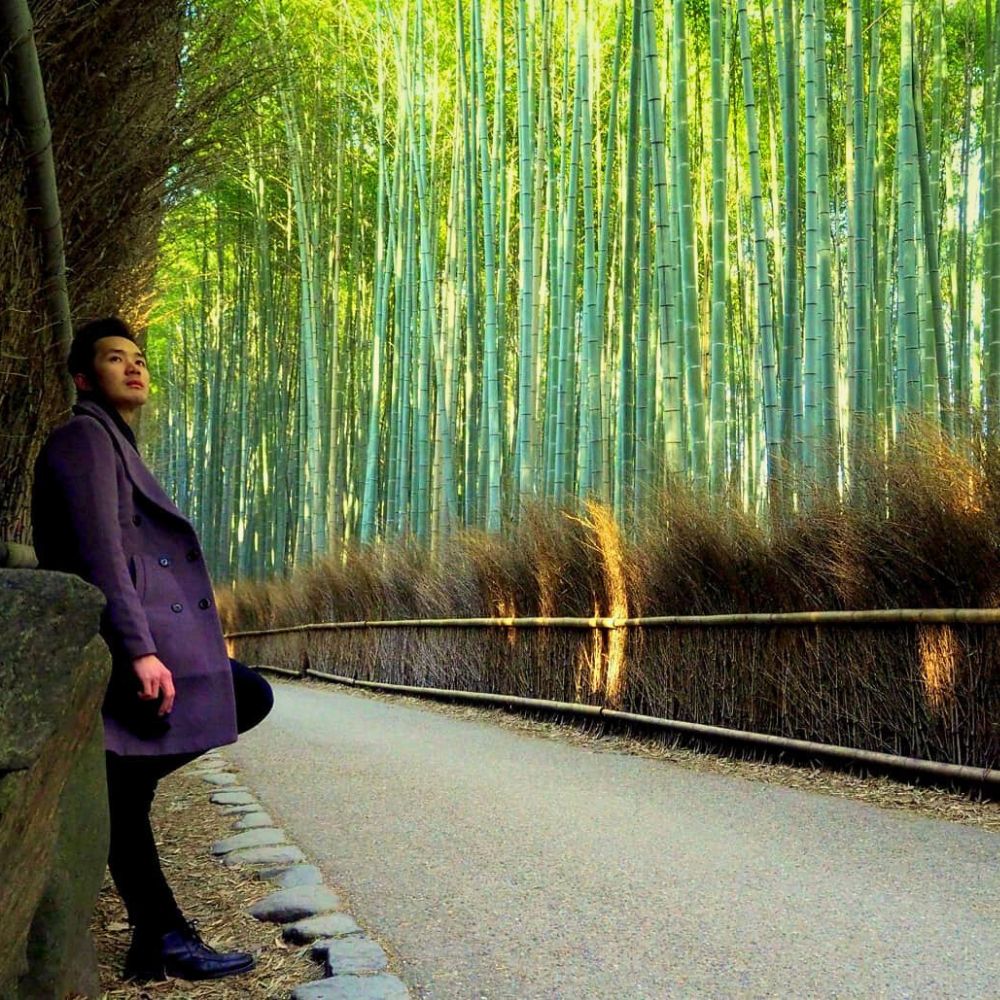
Add to this the fact that one is surrounded by living things in their thousands, all growing and participating in the cycle of life, and something shifts is stirred. Here, one’s problems may not quite disappear, but they find their proper proportion as one realizes that they are part of something larger. Something that was there before them, and will remain after. Somehow, that's not depressing. It is comforting in many different ways.
Feature and header images are by tawatchai07.

